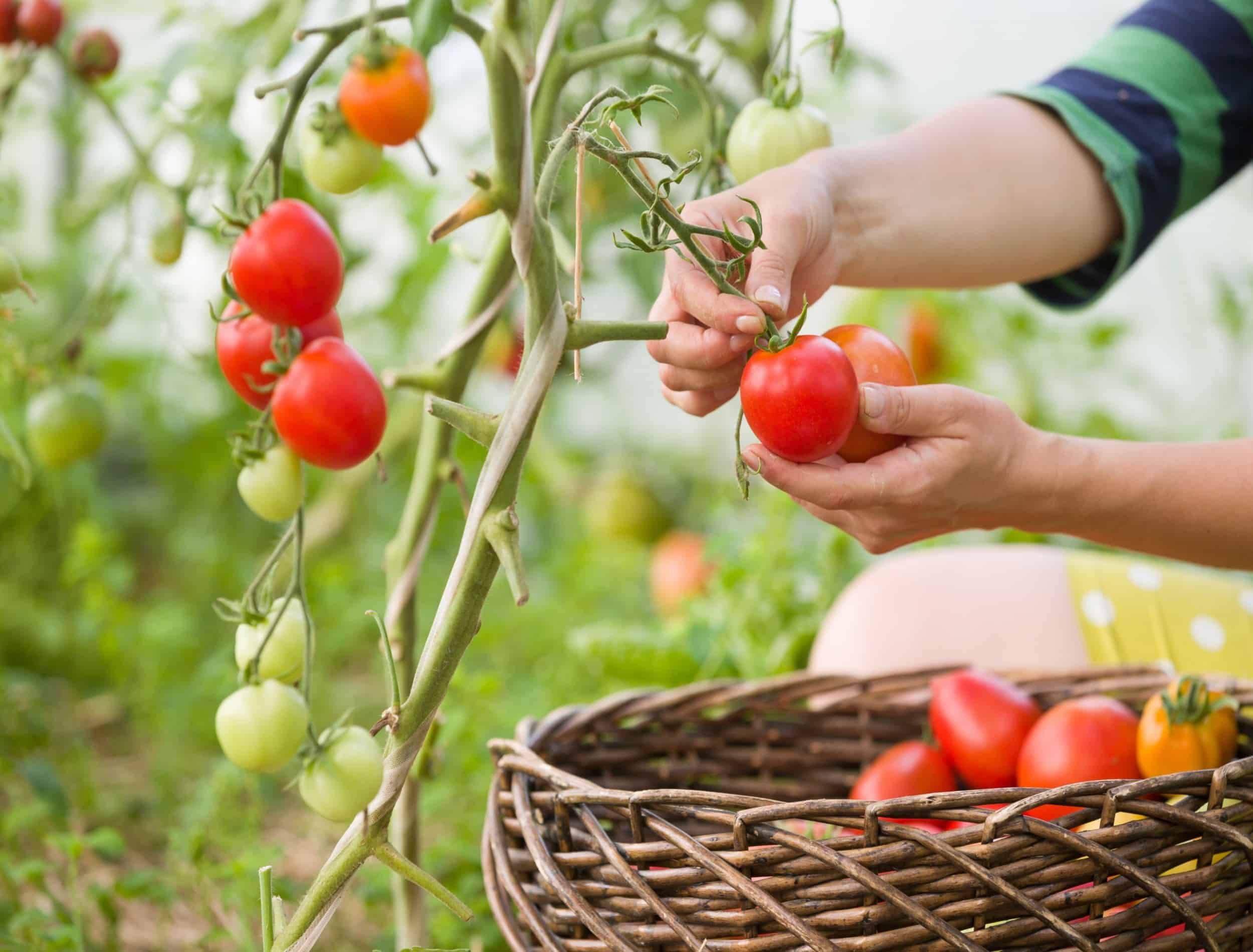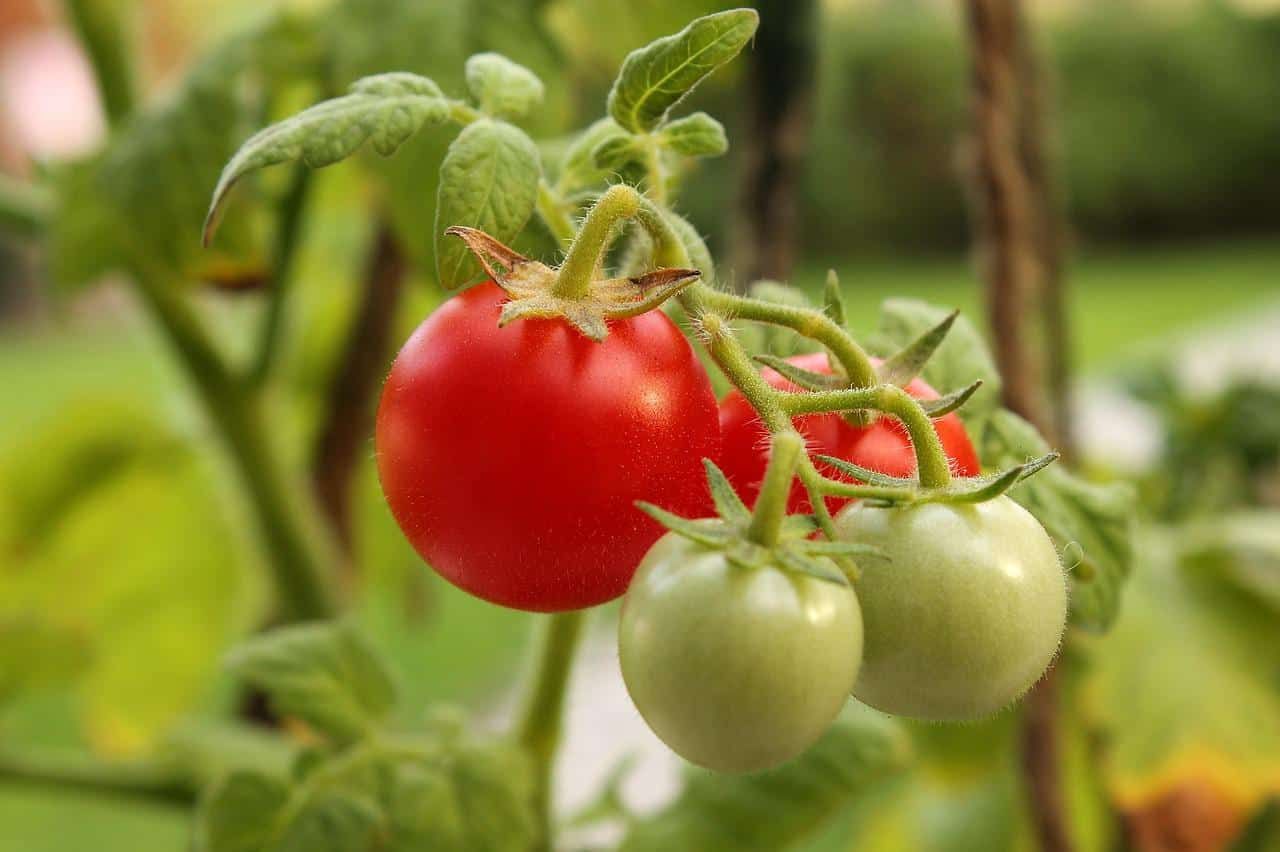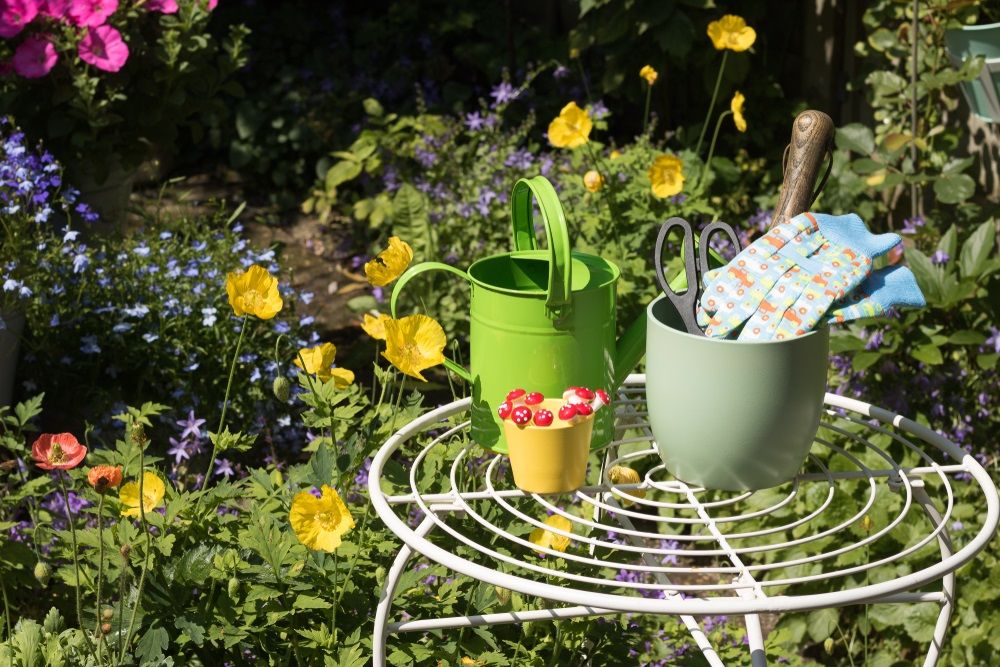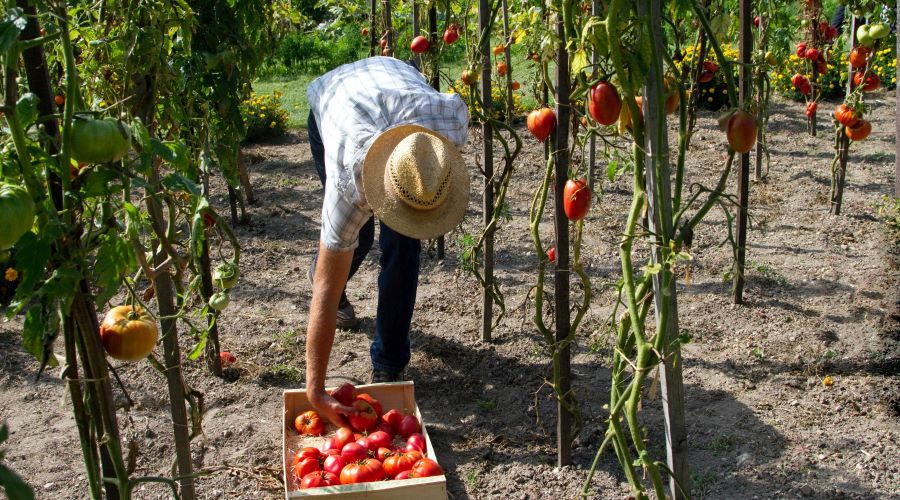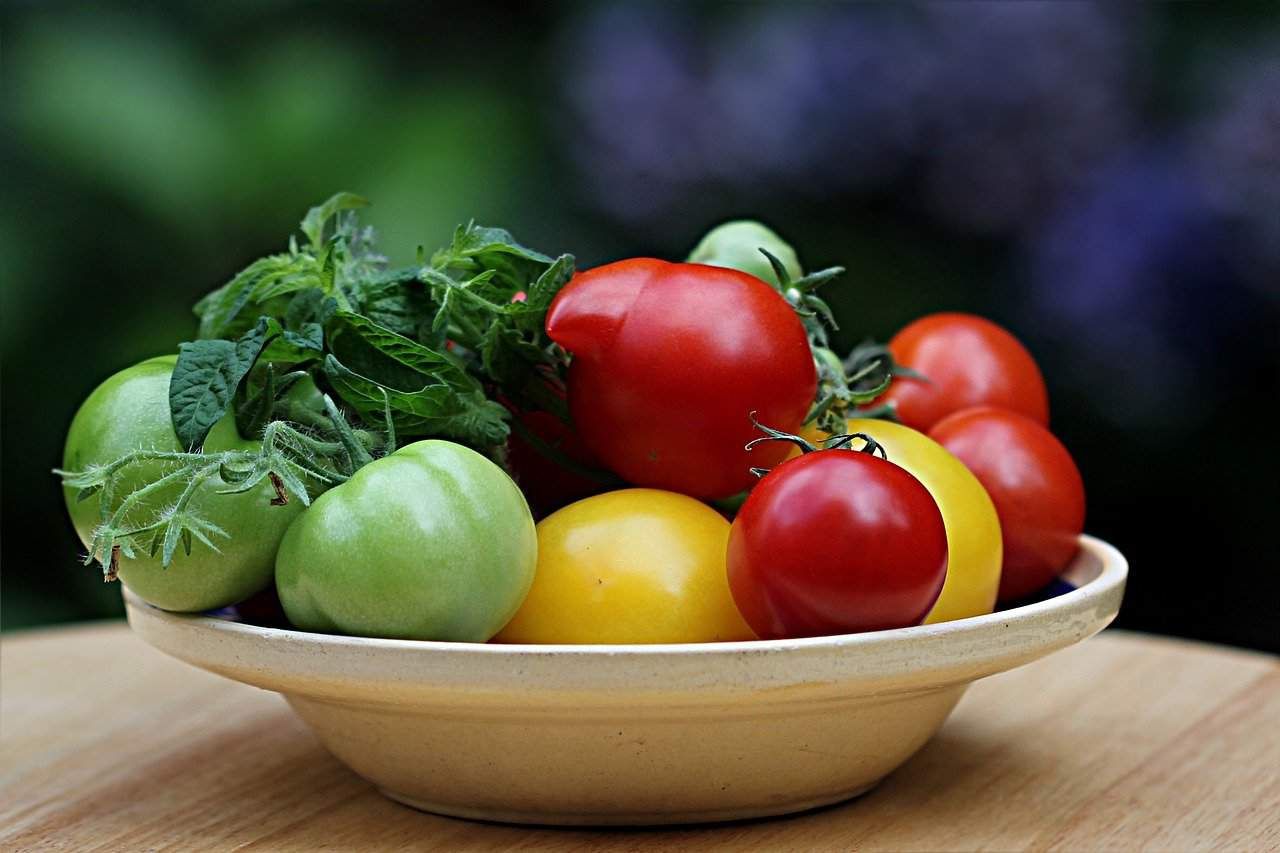Tomatoes are a versatile and scrumptious fruit. From burgers to fresh salads, they offer a complementary and refreshing flavor profile. And if you've added a few tomato plants to your vegetable garden, it's important to pick them at the right time and in the right way for the tastiest results.
If you're not sure where to start, this guide is here to help. Below, you'll discover when to harvest tomatoes, the tools you'll need, as well as how to harvest and store the fruits. With all these tips, you'll get the most out of your crop and enjoy juicy tomatoes all summer long.
When to Harvest Tomatoes
Image credits: CJ via Pixabay
In general, tomatoes take around 60 to 100 plus days to grow from germination. They will take around 40 to 60 days to ripen from when the flowers first appear. You can also get a jump on the growing season by sowing the seeds inside before the last frost and transplanting them in early spring. Then, the fruits should be ready for harvest around mid to late summer. (If you don't want to grow your tomatoes from seed, you can purchase starter plants from a nursery at the beginning of the growing season.)
There are a few identifying factors if you're looking for ripe tomatoes. The size and color depend on the variety of the tomatoes. But, shiny skin, firmness, scent, and weight are all tell-tale signs of ripeness.
The stem may also have an earthy, sweet smell. You can harvest most tomatoes when you notice a slight blush and allow them to continue ripening inside (or, eat them as is!).
Since your now green colored tomatoes ripen quickly, within a couple of weeks, it's best to check them every one to two days. If you notice any bruising or mushy skins, the fruits are likely overripe or rotten and you should throw them away.
Tools You'll Need
Image credit: Olga Gorevan via Shutterstock
Before you can begin harvesting, there are a few tools you'll need to gather. Fortunately, they are items that many gardeners will already have in their tool shed.
- Gardening gloves
- Pruning shears
- Collection basket or container
How to Harvest Tomatoes
Image credits: Kamala Bright via Unsplash
Now that you know when to harvest tomatoes and have gathered your tools, it's time to get down and dirty. Fortunately, the harvesting process is incredibly simple. You can begin by carefully grasping the tomato and twisting it away from the stem. Remember to be gentle and avoid bursting open the tomato skin. Try to snap the stalk just above the flower-shaped leaf on the top of the fruit.
If the twisting method doesn't work, it's time to break out the pruning shears. Simply snip the vine above the tomato, leaving a little bit of the stem attached. Carefully place your fruit in your collection basket to avoid any bruises or cuts.
If you notice any rot or signs of disease, remove affected tomatoes and leaves immediately and treat the plant as necessary (you may have to get rid of the entire plant if the situation is dire). But, if your plants are healthy and you notice the tomatoes are cracking as they ripen, you can try harvesting them just as they begin to show signs of ripeness. Allowing them to ripen off the vine will hopefully resolve this issue.
Pro Tip: Regularly prune your tomato plant if you want it to produce larger, fuller, and juicier tomatoes. While you may end up harvesting fewer tomatoes but you'll enjoy the larger fruits of your labor more! Quality over quantity!
Storing Tomatoes
Image credits: Oldiefan via Pixabay
Once you've completed the harvesting process, you will need to properly store the tomatoes. Fortunately, there are a few different options.
The best way to store the fruits is on the counter or in a cupboard. Pick a shady spot since the sun can cause the fruits to over-ripen quickly. You can store them on a plate or bowl as long as there is plenty of ventilation. Freshly picked ripe tomatoes will last about three to seven days on the counter.
Another option is to freeze the tomatoes. You can freeze them whole or in slices to use later in soups or sauces. Simply remove the core and place the fruit in a freezer bag or container. They should last around six months or longer in the freezer.
Refrigeration is also an option, though it is the least desirable. While it will prolong the lifespan of the fruit, it can impact the flavor and texture. Still, you can store them in the crisper to maintain the integrity of the tomatoes. They should last about three days in the fridge. Let them come back up to room temperature before you eat them, this way the skin will peal right off and you can start cooking!
With all that in mind, it is always best to use your freshly harvested tomatoes as soon as possible!
Get Harvesting!
Growing tomato plants is a rewarding process, especially when it's time to harvest. While you can wait for the fruits to ripen, you can also harvest them before they do and allow them to finish ripening on the counter.
The harvesting process is incredibly simple, and you'll be enjoying fresh tomatoes with all your summer meals in no time. And if you're not ready to eat them, simply store on the counter, freeze them, or refrigerate them!
Have you grown your own tomatoes before? Let us know all your harvesting tips below!

